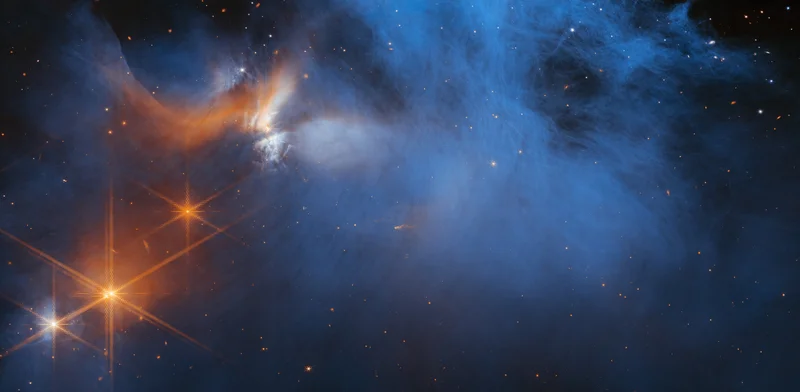BTC Signals Pro | Bitcoin Trading Alerts & Market Insights
BTC Signals Pro | Bitcoin Trading Alerts & Market Insights
Okay, folks, buckle up, because we're about to take a trip way, way out – beyond our familiar planetary neighborhood and into the realm of interstellar visitors! Comet 3I/ATLAS, our third confirmed guest from another star system, just zipped past the sun, giving us a dazzling show. And while some folks are busy debating its changing colors and potential alien origins, I think we're missing the real story here.
First, let’s set the stage. Comets, those "dirty snowballs" as they're often called, are basically icy time capsules. As they get closer to the sun, the frozen gases in them vaporize, creating those beautiful comas and tails we all know and love. Comet 3I/ATLAS, discovered just this past July, made its closest solar approach on October 30th, and sun-facing spacecraft were ready to capture the moment.
What they saw was truly remarkable: a "rapid brightening" that outshone most comets at similar distances. And then came the color debate. A pre-print study suggested that 3I/ATLAS was "distinctly bluer than the sun," which contradicted earlier observations showing red dust. Cue the internet frenzy, with headlines screaming about mysterious color changes and, naturally, alien spacecraft theories!
Now, Qicheng Zhang, a postdoctoral fellow at the Lowell Observatory, stepped in to clarify that there's no real evidence of the gas coma changing colors. The comet did appear to change color once earlier this year, when its coma became bright as it ejected gases while warming up in the sun's heat. The internet, of course, ran wild with the initial reports. But here's the thing: the specifics of color variations are almost beside the point. What is important is that we are observing something that originated far, far away.
Think about it: for centuries, humans were confined to Earth, only able to imagine what lay beyond. Then, we invented the telescope, and the universe exploded into view. Then came space travel, and we actually touched another world. Now, we have interstellar objects like 3I/ATLAS visiting us, delivering tiny samples of other star systems right to our doorstep.

Numerous ground-based telescopes, even some consumer models, have snapped images of this cosmic traveler. The Hubble Space Telescope, Europe's ExoMars Trace Gas Orbiter, and China's Tianwen 1 Mars probe have all joined the party. NASA's Mars Reconnaissance Orbiter was supposed to capture imagery, too, but the NASA shutdown unfortunately put a hold on that. It’s a shame, because every piece of data helps us build a more complete picture. But even without that data, what we've already learned is astounding. According to No, interstellar comet 3I/ATLAS hasn't 'changed color', scientist says - Space, there is no real evidence of the gas coma changing colors.
And on December 19th, 3I/ATLAS will make its closest approach to Earth, at a distance of 167 million miles (270 million km). Now, 167 million miles might sound like a lot, but in cosmic terms, that's practically next door!
Here's where I get really excited: Imagine the future. Imagine fleets of spacecraft, not just observing these interstellar visitors, but intercepting them, collecting samples, and bringing them back to Earth for study. We could unlock secrets about the formation of other solar systems, the building blocks of life, and maybe even find evidence of extraterrestrial organisms. This is the kind of breakthrough that reminds me why I got into this field in the first place.
But with this power comes responsibility. We need to approach this exploration with caution, ensuring that we don't contaminate these pristine samples or introduce any unintended consequences to our own planet.
Comet 3I/ATLAS isn't just a pretty light show or a source of conspiracy theories. It's a tangible link to another star system, a reminder that the universe is vast, dynamic, and full of wonders waiting to be discovered. It's a stepping stone to a future where we can explore the cosmos and unravel the mysteries of existence. The speed of discovery is just staggering—the gap between today and tomorrow is closing faster than we can even comprehend. Let’s not get bogged down in the noise; let's focus on the big picture: the boundless potential that lies before us.